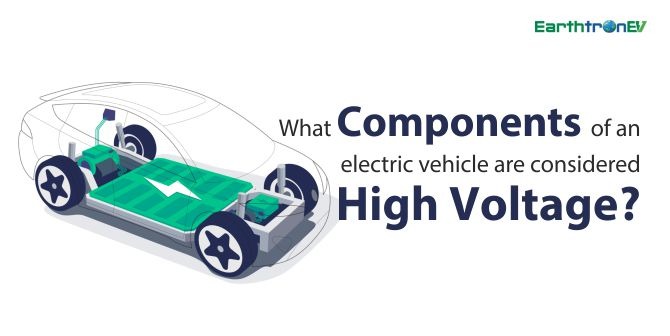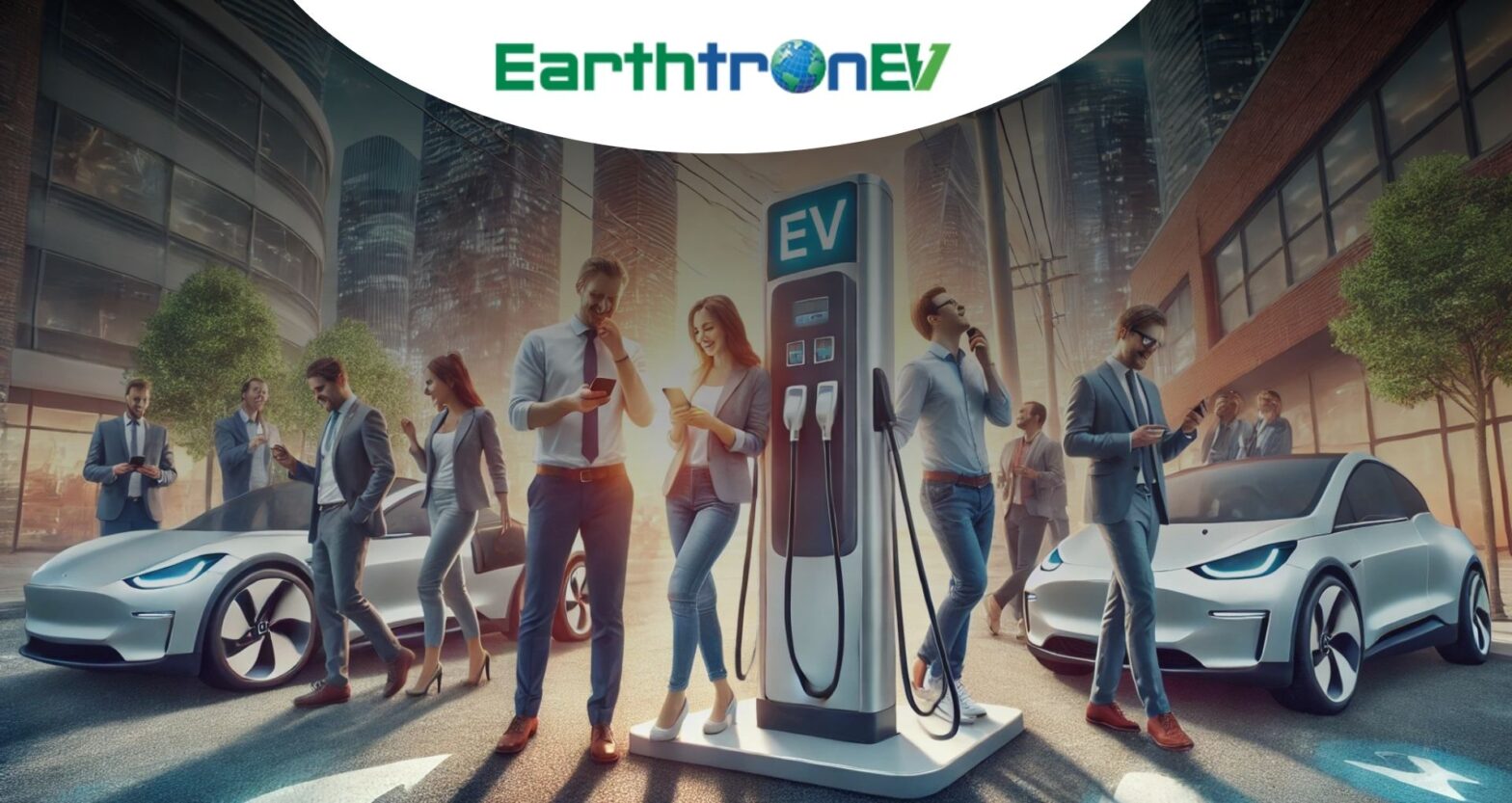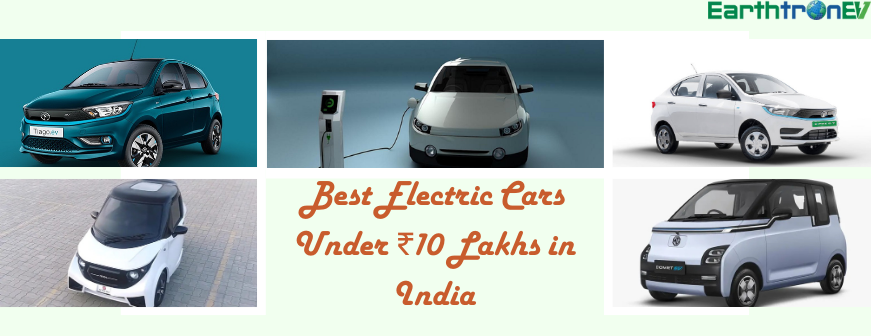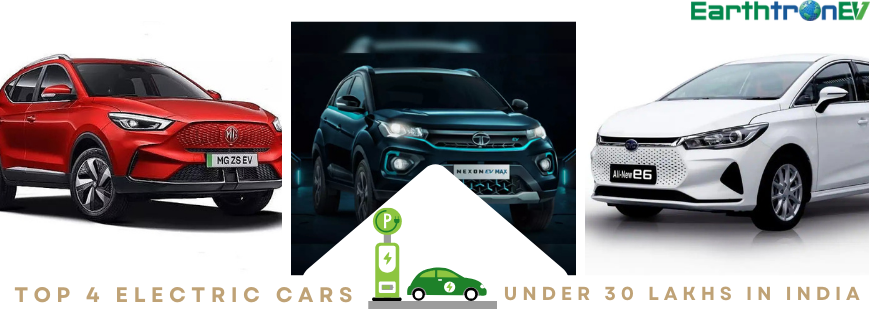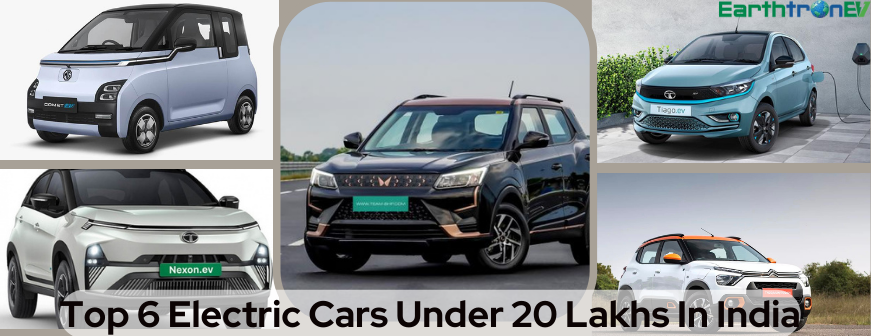Safety is undoubtedly a significant aspect for every human being. Using a high-voltage electrical system requires high precautions and safety measures. Electric vehicles have particular components that use high voltage. Thus, the EV manufacturer and the EV users must take care of, recognize and understand the High Voltage Electrical System and its utilization to safely handle the electric vehicles at the ELV stage.
Users can safely work with high-voltage electric vehicles if they understand and implement all the safety-related pointers. This electric vehicle article concerns all these pointers to handle high-voltage electrical equipment safely.
Electric Vehicle Revolution and High-Voltage Concept
In recent years, the EV revolution has got immense demand in the automobile market. Many private companies and governments encourage today’s youth to switch to electric vehicles as these are more efficient, environment-friendly, and cost-effective.
“Electric vehicle” is an umbrella term for an automobile, completely or partly powered by a high-voltage battery. According to several studies, the demand for electrification has been unlocking the opportunity for EVs to reach a new vertical in the market. EVs also contain a conventional combustion engine with a high-voltage power source. It makes it cheaper and more scalable compared to gas-powered automobiles.
But the disposal of Electrical End-of-Life-Vehicles (ELV) can be dangerous. Often, the workers do not remove some high-voltage electrical parts that might be present in the vehicles.
They can cause a consequential chance of damage to people due to their highly energetic chemical substances. Because of these potentially hazardous substances, they bring adverse effects to the environment too.
These harmful elements often contain unknown environmental chemicals, which cause intense damage if the contents are accidentally released.
To prevent these hazardous situations, vehicle manufacturers suggest removing high-voltage batteries before their disposal. It brings safety for the general people and the workers working with electric vehicles. Also, these measures are the most time-efficient technique to handle high-powered EV components. Further, workers working to dispose of these EV parts must use the ultimate care and comply with the essential safety prophecies listed in the document. These can protect them from any accidents while dismantling the EV components from the vehicle.
When do we determine an electric vehicle is a “high-voltage” system?
In the electric vehicle industry, “high-voltage” indicates a voltage of above 60 V DC. This voltage mandates implementing precautions, contact protection, and safety measures. But the voltage differs between different electric vehicles. For two-wheelers and three-wheelers, the voltage should range from 24V to 72V. For 2Ws and 3Ws, the preferred voltage is up to 60V.
Components that are termed “high-voltage” in electric vehicles
High-voltage EV parts primarily contain the battery pack or fuel cell, electric motor, Battery Management System (BMS), Motor Control Unit (MCU), Power Contribution Unit (PCU), Ev charger, AC/DC Converter, charging socket, On-board Charger (OBC), PTC heater, etc.
The following components include the high voltage system of the overall electric vehicle, and the article highlights the core components on the top –
Battery and Battery Management System (BMS)
The core component of every electric-driven automobile is the battery through which it runs on electricity. A better investment in EV batteries can cut and minimize the overall emission for a long time. So, to avoid the adverse effect on the environment and damage to the human race, EVs must contain a good battery capable of operating voltages of around 200 to 600 volts. The output current reaches 500 volts.
The capacity of a battery directly determines the driving mileage of electric vehicles. It also affects the charging speed and efficiency. In the present EV market, the most demanding batteries for EVs are Lithium-ion batteries. Also, the Battery Management System (BMS) plays a crucial role as a high-voltage component itself. It protects the battery, ensuring the life cycle of the EV batteries in the long run. It further checks the safe and reliable battery usage by monitoring the charging and discharging of battery packages.
Electric Motor and Motor Control Unit (MCU)
The main role of electric motors is to convert the electrical energy of the batteries into mechanical energy for electric automobiles. This HV electric vehicle component has a higher working efficiency, around 85 percent or more, than gas-powered vehicles, transforming the chemical energy of gas combustion into mechanical energy. The energy utilization rate of electric vehicles is more than traditional automobiles, ultimately reducing the waste of resources.
The controlling power of energy transmission between batteries and drive motors is under the electric motors. The electric motors transform high-voltage DC to AC, performing efficient signal interaction with other HV components.
Power Distribution Unit (PDU)
The EV has a device for distributing high-voltage power in the entire vehicle. This device is the Power Distribution Unit which has several small high voltage relays and fuses that ensure safe high voltage electricity flow and distributes the HV to other equipment like motor controller, PTC heater, drive motor, etc., having the capabilities to intake high voltage for their workings.
On-board Charger (OBC)
An on-board charger (OBC) is an EV high-voltage electronics part that transforms AC power from external sources, like residential portals, to DC power to provide electrical charge to the EVs’ battery pack.
DC to DC Converter
The DC to DC Converter device, from the name itself, indicates converting the high-voltage DC to low-voltage by temporarily storing electrical energy. In the electric vehicle industry, these HV components are a critical intermediary between systems of varying voltage levels all over the electric automobile.
PTC Heater
Every device is prone to heating because, after a certain period, the device gets heated. For electric vehicles, the device, i.e., a PTC electric heater is a kind of heater that changes with the temperature. When the surrounding environment temperature is low, the device generates heat for the EV batteries to preheat the battery. Generally, the more the temperature, the more the PTC device gets resistance. Almost every electric vehicle has a PTC heater today.
Conclusion
As we can see, all the components discussed in the article conclude that all of them require high voltage for efficient and smooth working. Accordingly, these require high precautions to handle them. These high-voltage components improve the performance, bringing the productive output of the EVs and increasing the range of electric vehicles.
